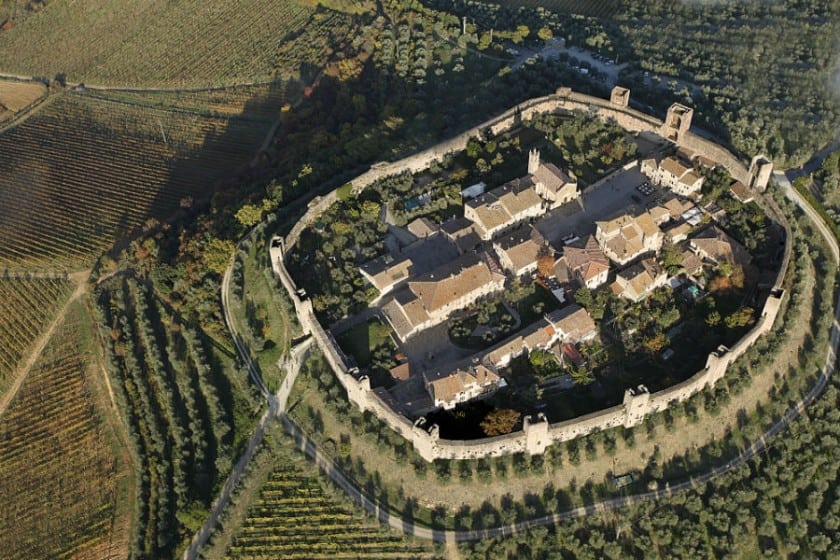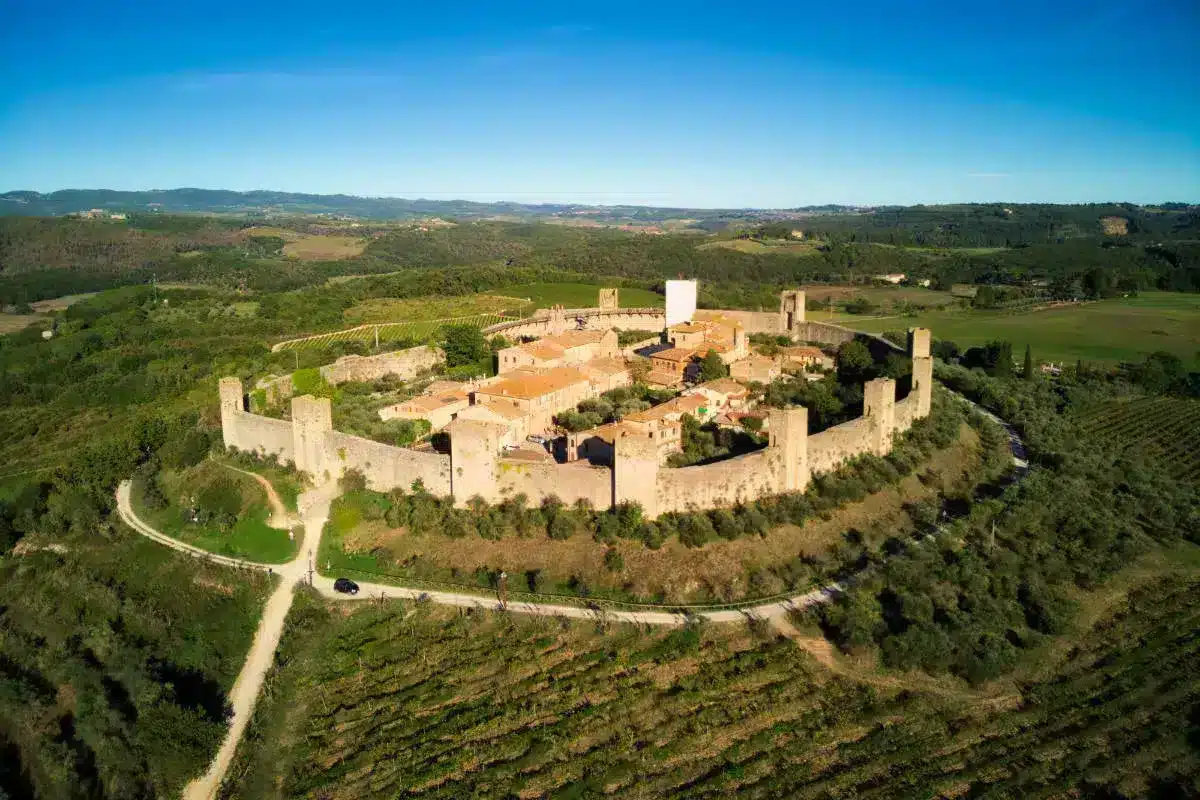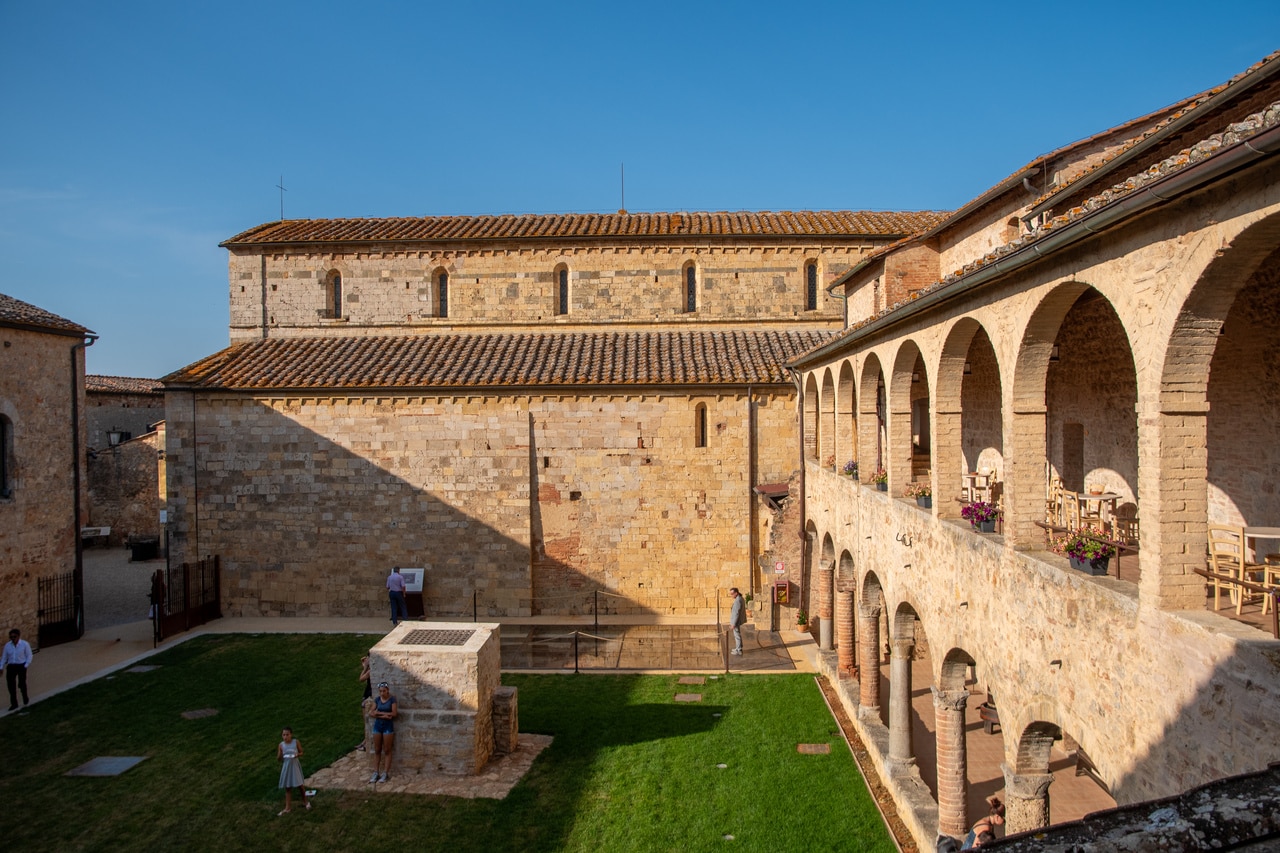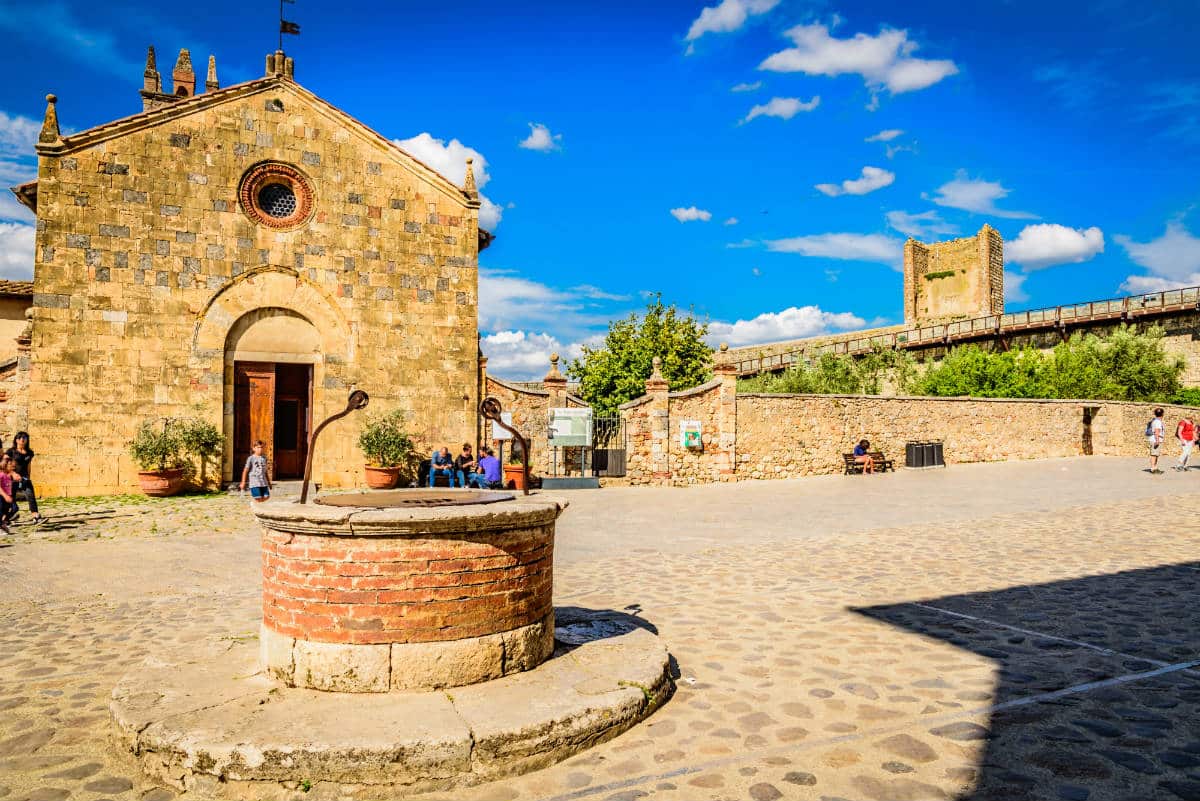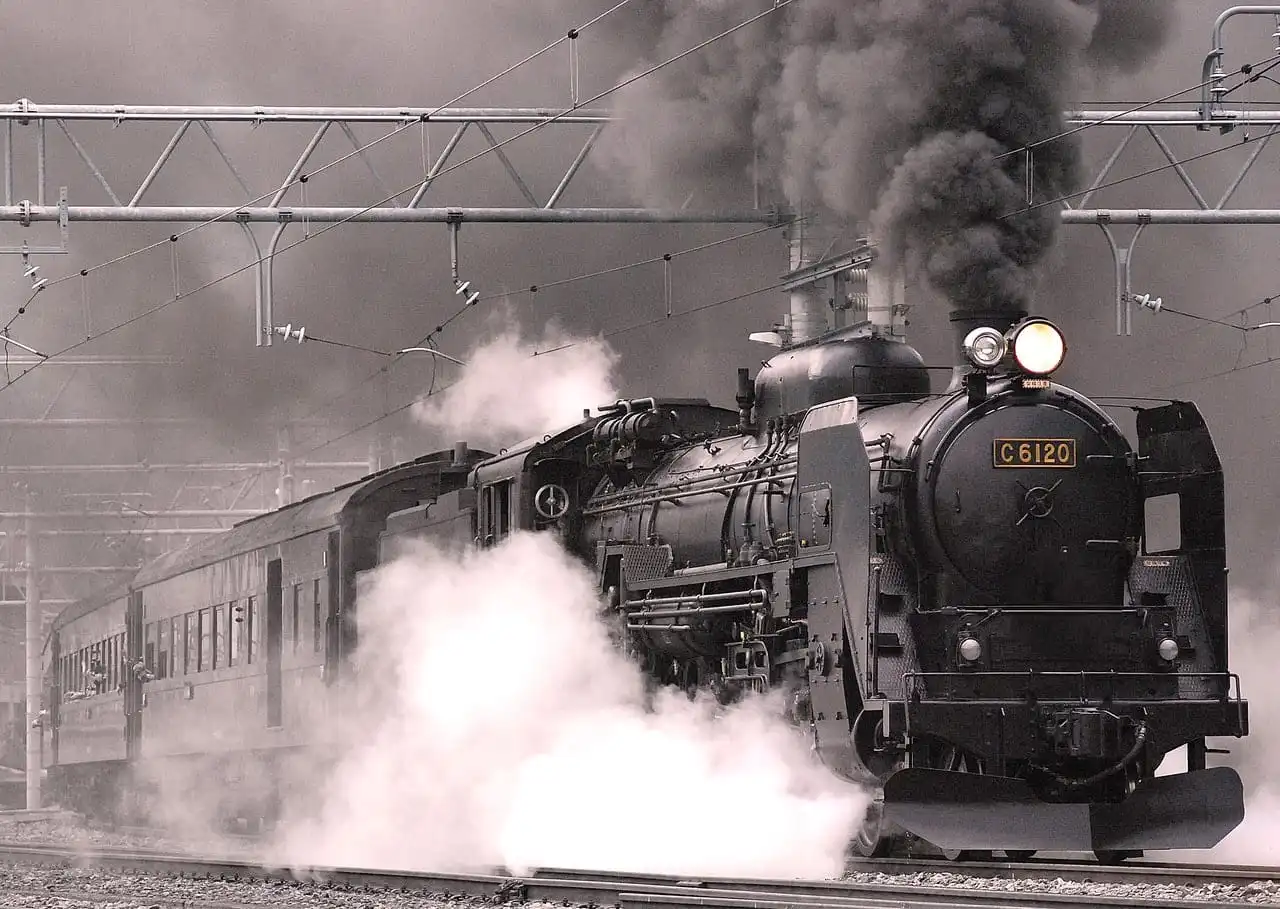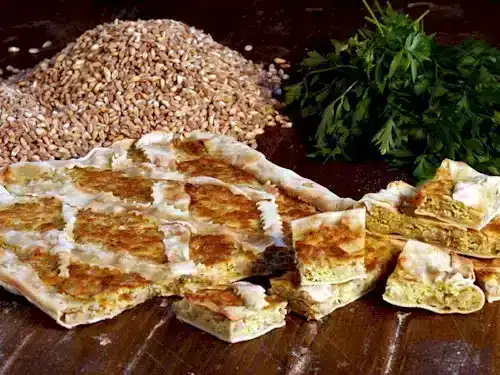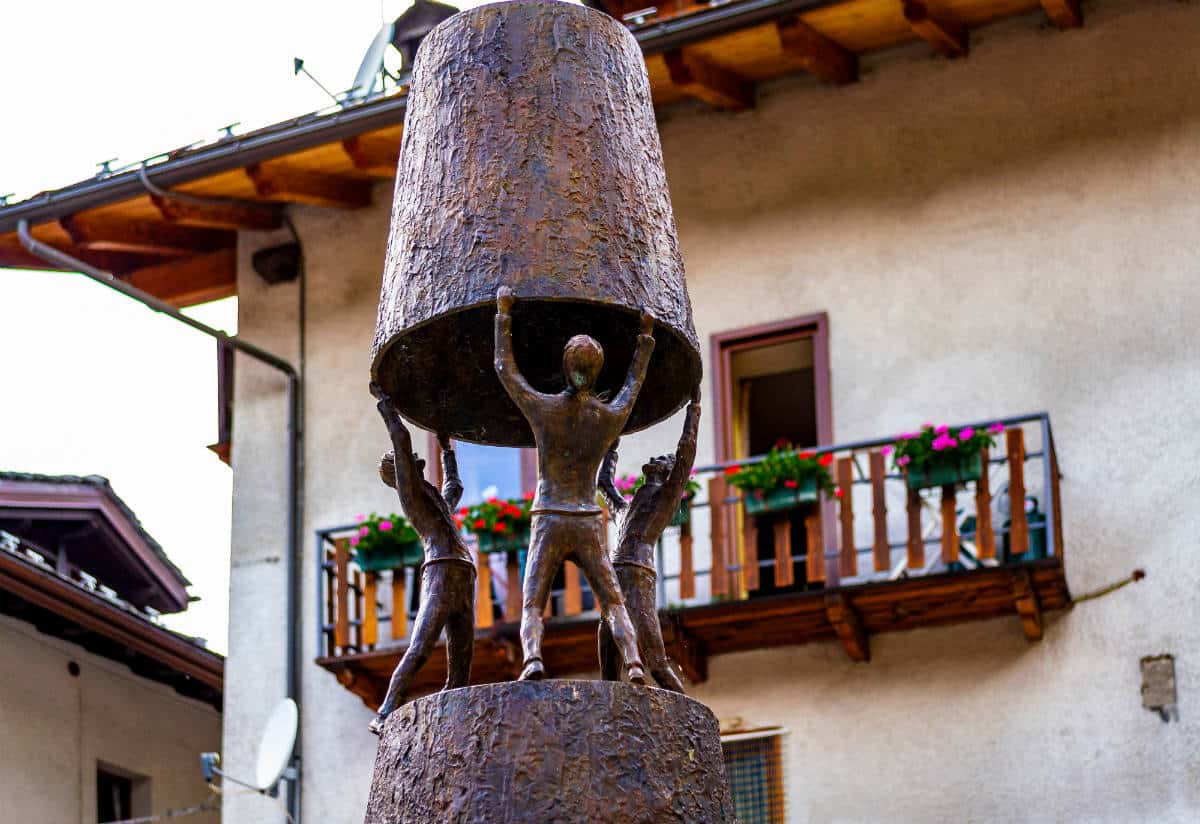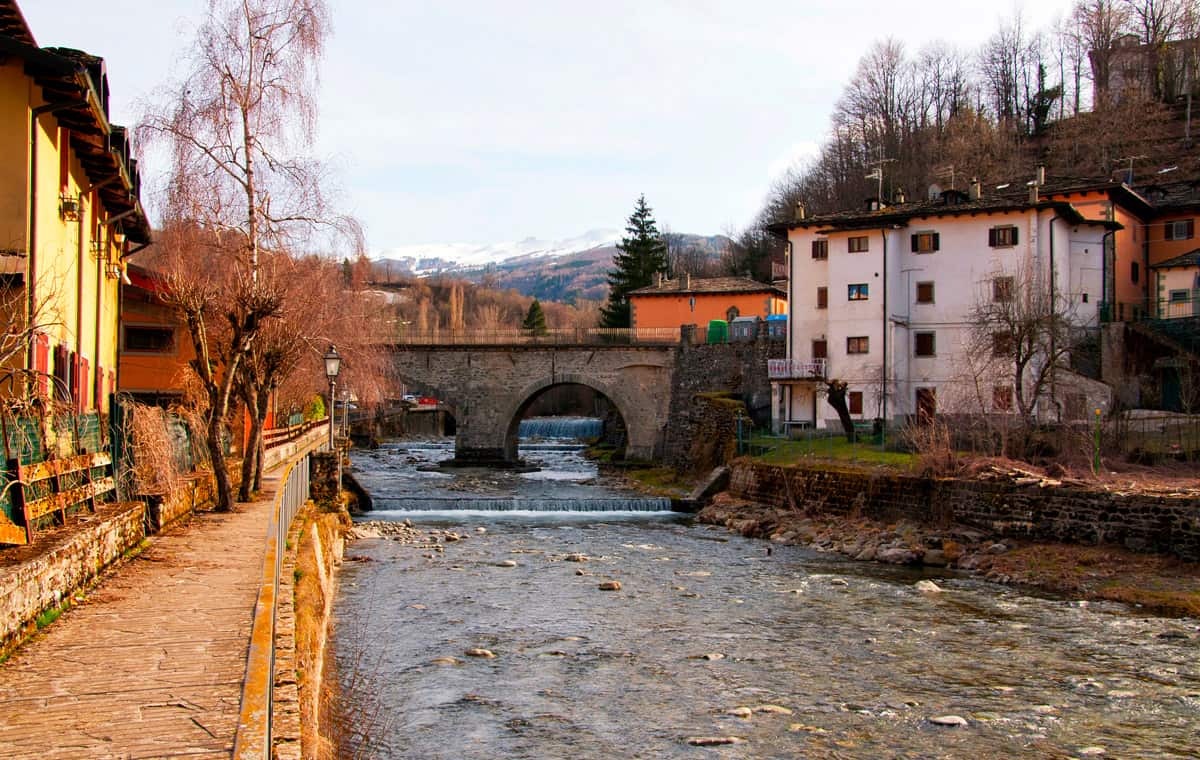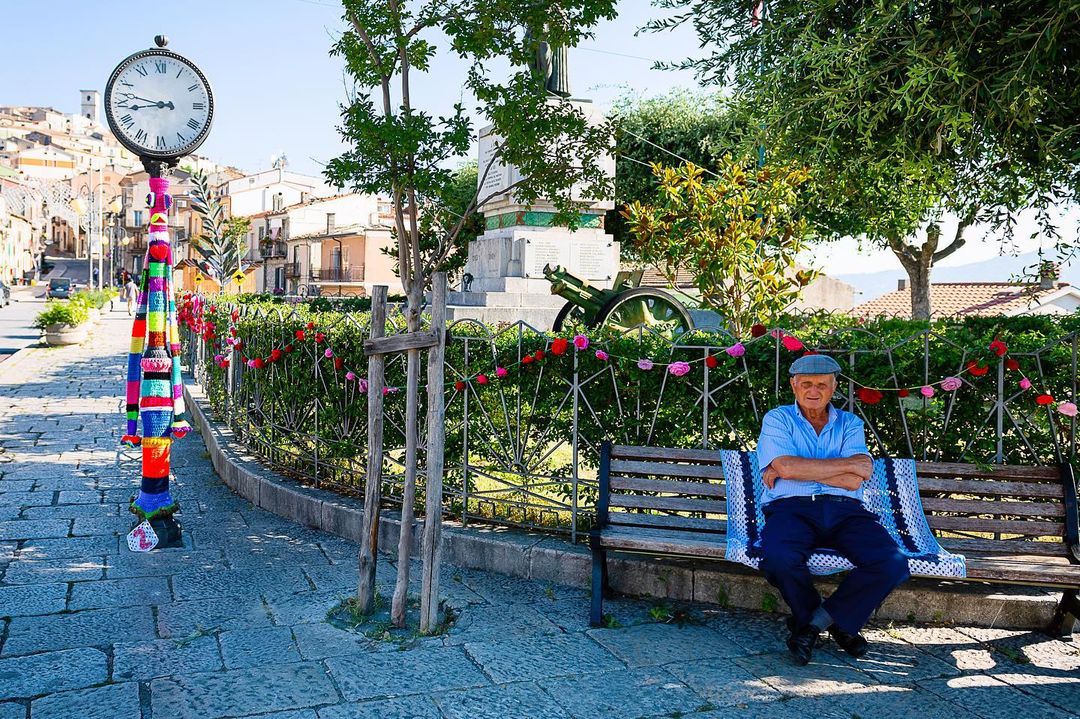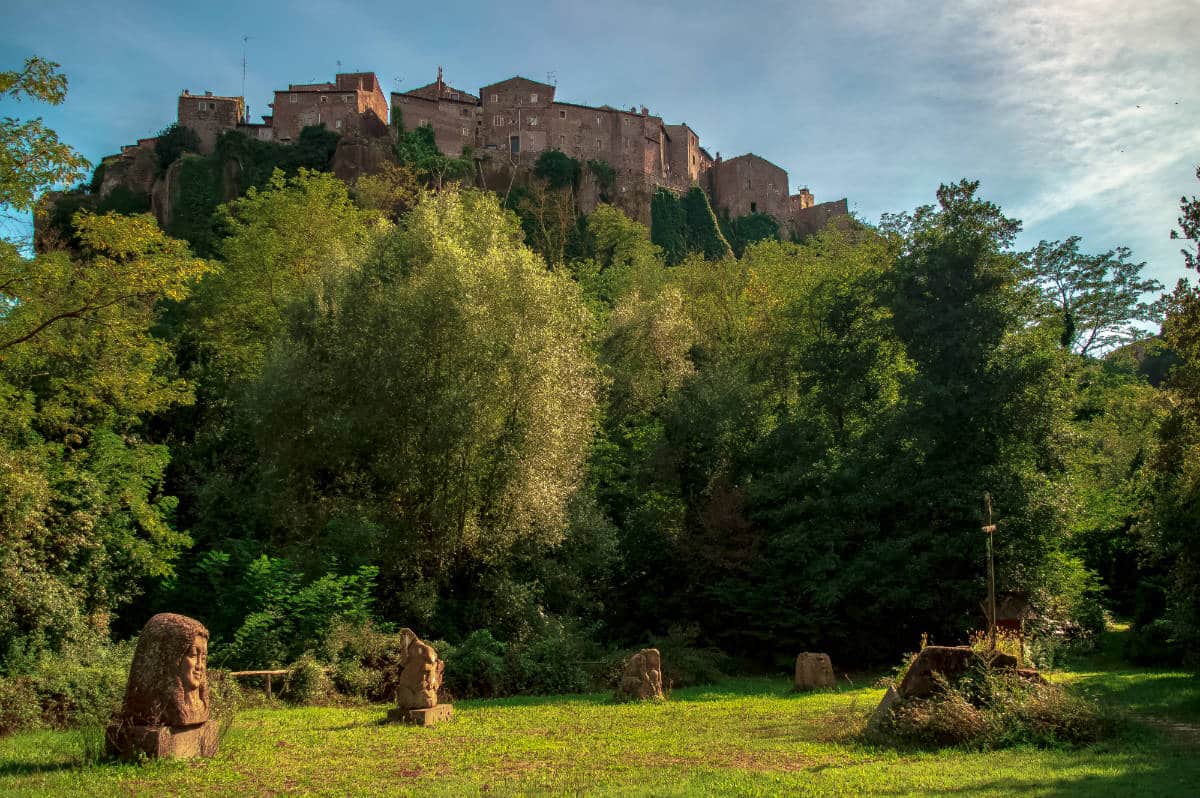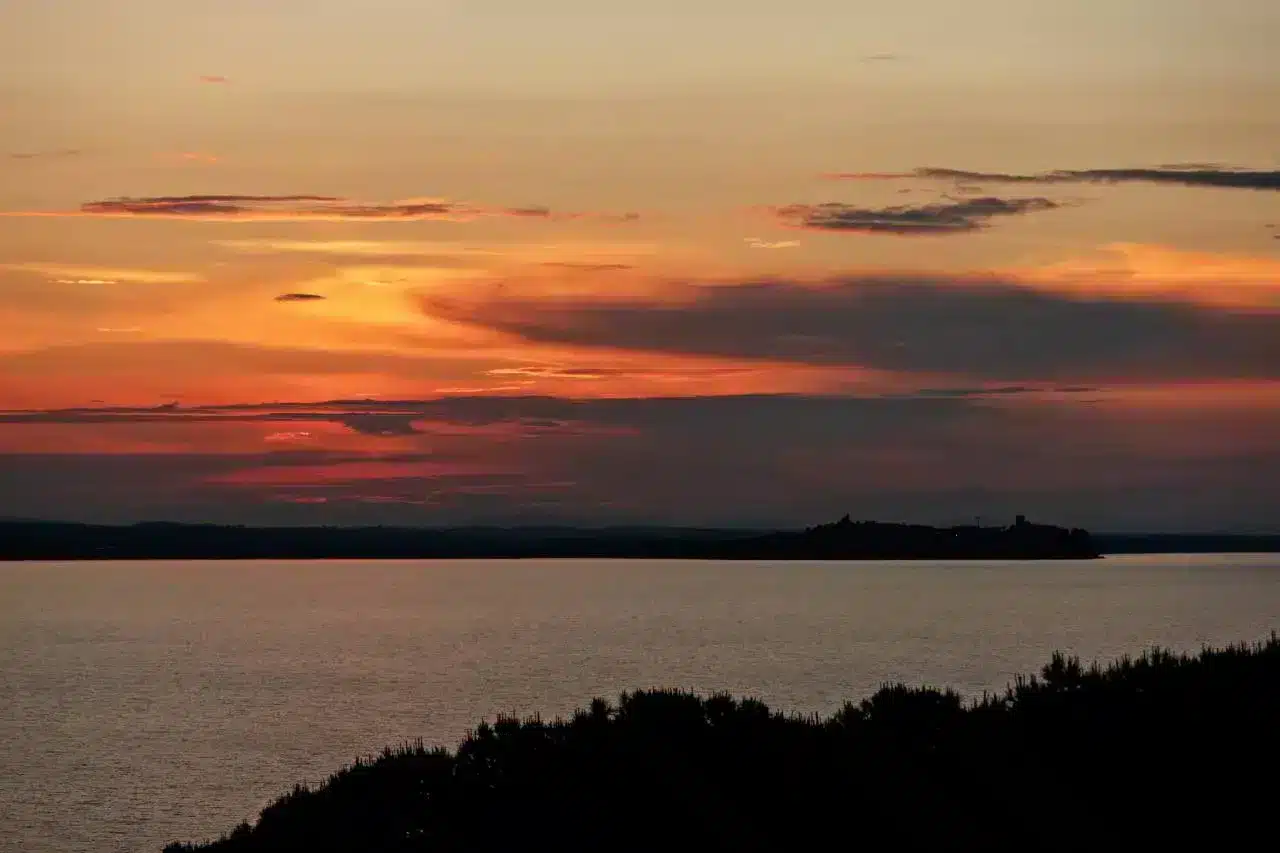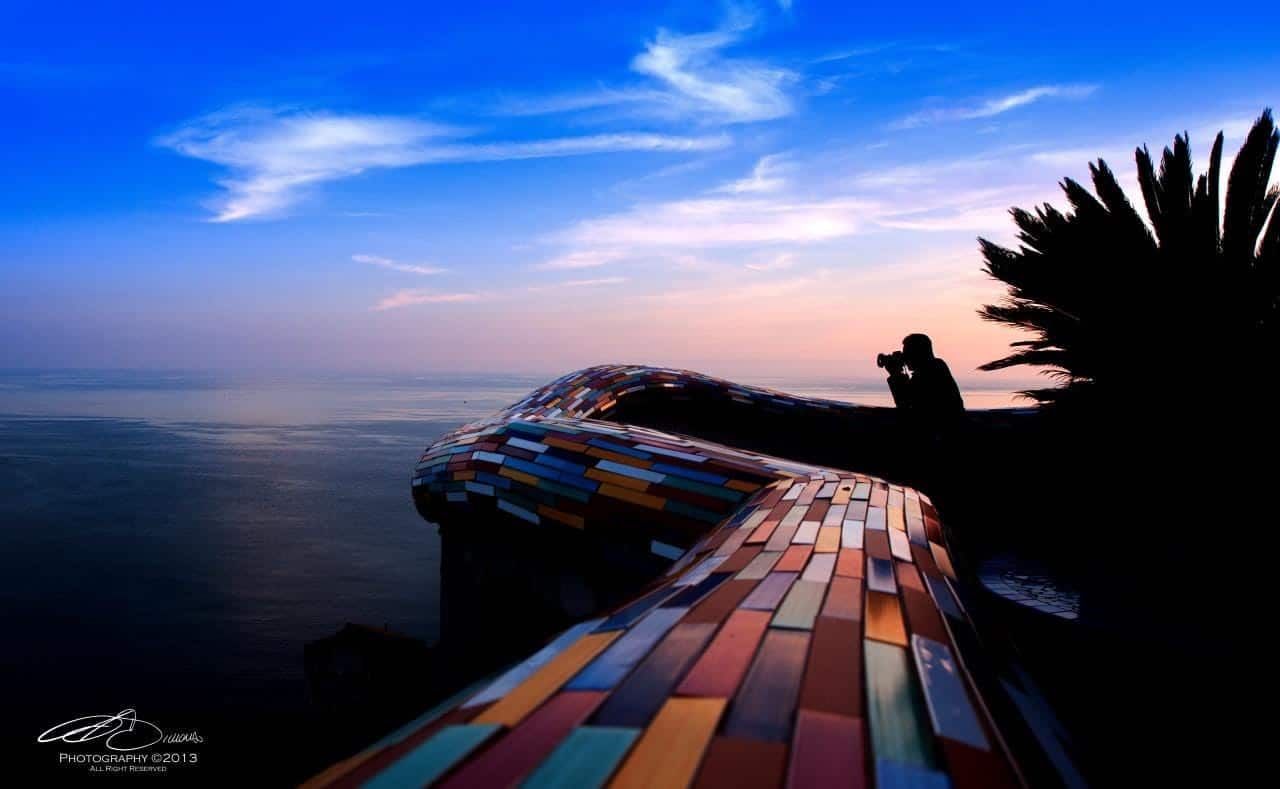Monteriggioni is a village in the hills of Montagola Senese, which, rising from the relief of Montemaggio, dominates the surrounding area. The hamlet is also called the “crown of Italy” because of the shape that the numerous towers enclosed by the walls give to the hamlet.
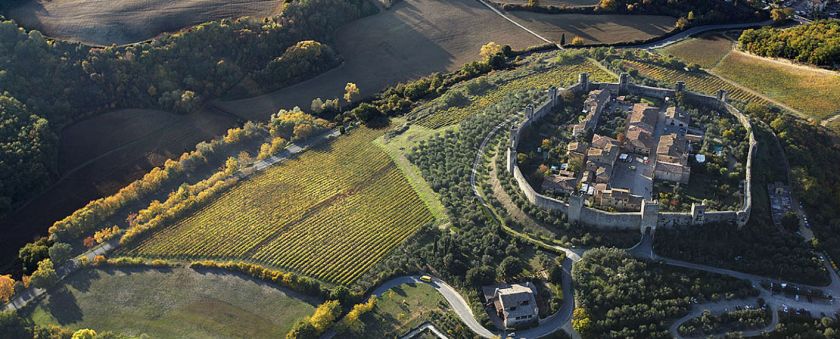
Founded as an outpost in the 13th century, in the X century it became the centre of medieval Tuscany medieval’s practicability for the presence of the Via Francigena, the main link between Europe and the peninsula, intertwining in a dense plot of Etruscan and Roman paths, that served as a connection with the centres of Volterra, Florence and Pisa.
Between the 12th and 13th centuries, the area was affected by the ongoing struggles between Florence and Siena for the affirmation of their political and economic supremacy. Monteriggioni has always been a sure bastion for Siena: the defensive structure, made of strong walled walls and carbonades, that were burnt down during the sieges, was considered impregnable and identified as the entrance door to the hell…
Dante, in fact, in the Divine Comedy compares the wall of Monteriggioni and its towers to the giants that are stuck in the well at the end of the hell.
The Florentines did not succeed in conquering it, not even after years of laborious sieges: in 1526 it resisted the troops of Pope Clement VII (from the Medici family) and, a few years later, the castle stood up to the order to intensify the attacks of artillery, claimed by Marquis Marignano.
Only August 29, 1554, the Florentine army succeeded in invading the area, not because of its military abilities, but thanks to Captain Giovanni Zeti, an ex-Florentine and commander of the garrison, who was promised to save his life and have the possibility to enter the graces of Cosimo I, if he would have managed to let the of the Florentine army enter. Thus, betraying his own army, he opened a breach in the defensive system and gave to Marignano the keys to Moteriggioni, thus allowing imperial troops to raise the Medici banner on Saint John’s Gate. The fortress was forced to surrender, the inhabitants were made slaves and broight to Florence. Siena finally gave up.
Monteriggioni would still have the primacy of impermeability today, if there had not been this corruption action, for which it is thought that the once-unconquerable “crown” has become a medieval prison where even today the damned soul of captain guided by regret, wanders for the city in search of forgiveness that no one will ever give him …
According to the local rumour, in fact, there is a secret passage that, starting from the well of Piazza Roma, arrives directly to Siena. The legend says that in this long gallery the captain’s spirit, worn out by this unforgivable betrayal, seeks for a peace that he will never find as an eternal prisoner of remorse …
Even some inhabitants say that on the nights of the full moon there is a trotting of horses and laments of the same Zeti.
In addition, thanks to this legend and to the historical period in which it is located, we have the opportunity to inform you that every year in July the Medieval Feast of Monteriggioni takes place. If you want to know more about this party or you want to know all the dates, we recommend you to visit the Facebook page or the website of the event.


